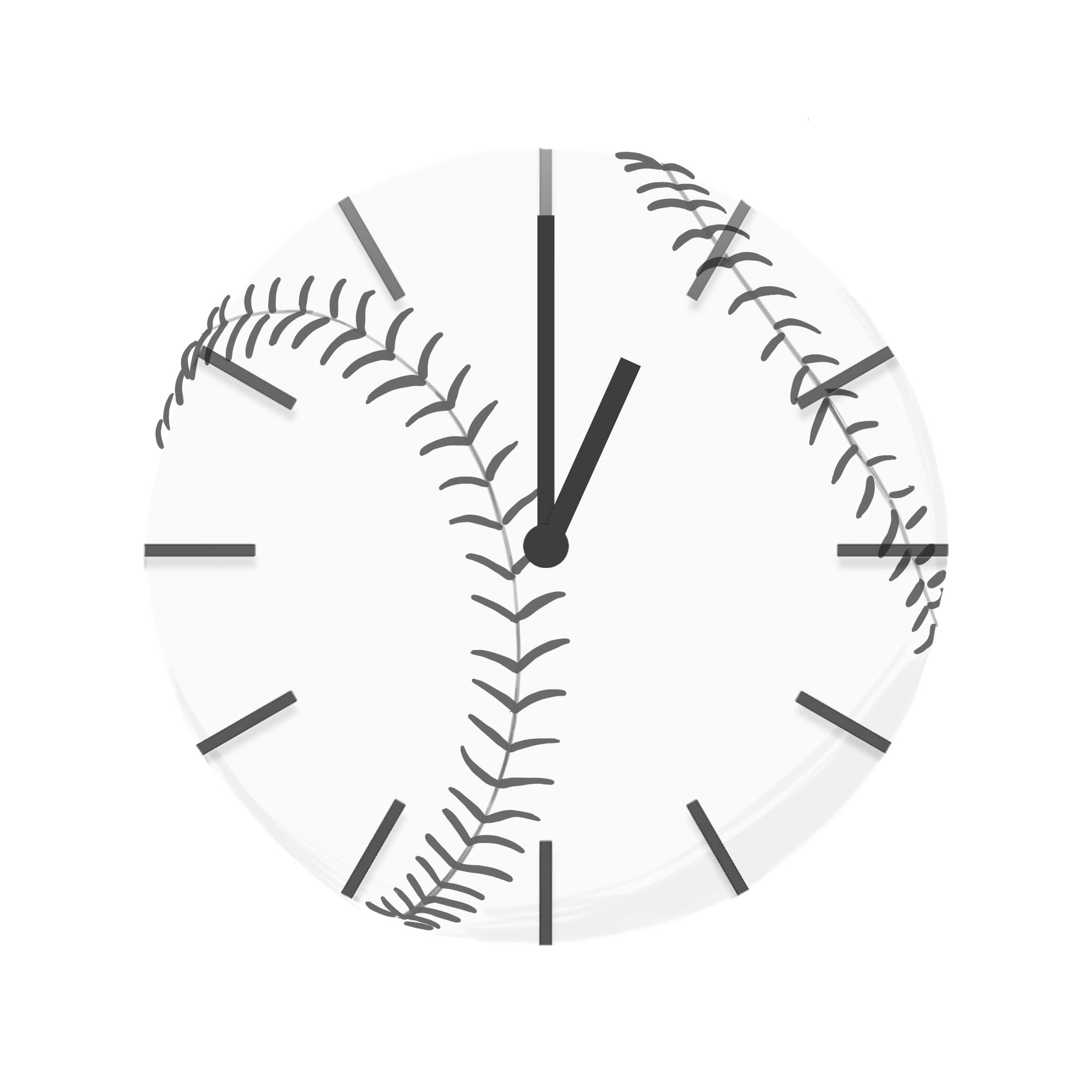
SPORTS EDITOR – OTONIEL GONZALEZ
ORIGINALLY PRINTED ON APRIL 6, 2023
In the past few months, there has been controversy around implementing pitch clocks in baseball. The beauty of the sport lies in how it tries to be loyal to its roots and traditions. However, pitch clocks have been implemented in various levels of baseball to speed up the pace of play and make the game more engaging for fans. Recently, there has been discussion about implementing pitch clocks in Division II baseball to improve the pace of play and help players prepare for the transition to the professional level. It is essential to understand how the pitch clock works. A pitch clock is a timer displayed in the ballpark that counts down the number of seconds a pitcher has to deliver a pitch. The goal is to increase the game’s speed by limiting the time between pitches. In college baseball, the NCAA rules currently stipulate that pitchers must deliver a pitch within 20 seconds.
Division II baseball has already implemented the use of a pitch clock in a limited capacity. In 2019, the NCAA Division II Baseball Committee approved a program that allowed schools to use a pitch clock during their games. The program allowed schools to use the pitch clock during non-conference games only, allowing schools to test the effectiveness of the pitch clock in a real game setting. The results of this program were positive, with almost every school reporting that the pitch clock helped speed up the pace and make the game a bit more exciting. The NCAA Division II Baseball Committee reviewed the pilot program results and recommended the implementation of the pitch clock in all Division II games.
Implementing the pitch clock in Division II baseball can have several benefits. First, it will improve the pace of play, making games more exciting for fans and players. Secondly, the pitch clock will help players prepare for the transition to professional baseball, where the implementation of pitch clocks is standard. By playing under similar conditions, Division II players can better prepare to compete at the professional level. The pitch clock will also help reduce the number of mound visits. Under NCAA rules, coaches are allowed three mound visits per game, with an additional visit for each extra inning. Implementing the pitch clock will reduce the need for mound visits, as pitchers deliver their pitches quickly. This contributes to decreasing the total duration of games.
Implementing the pitch clock in Division II baseball will require adjustments from everyone: players, coaches, and officials. Pitchers must adjust to the new time limit, learn to work more efficiently and deliver pitches quickly. It requires coaches to manage their players’ time effectively and ensure they are ready to deliver their pitches before the timer runs out. Officials will enforce the new rule, ensuring that all
pitchers deliver their pitches within the allotted time. Adjusting to the pitch clock will be difficult, especially when the pressure is high, and the pitchers typically slow the game’s pace to decrease their anxiety. Quickly pitching is not the best option when a game or the championship is on the line. St. Mary’s Baseball Coach, Mr. Ermis, believes that “the implementation of the pitch clock won’t have a great impact on the team since we have always tried to speed up the pace of the game.” The impact that it will have on the game is with pitch selection. The pitcher has less time to decide what pitch to throw next. Coach Ermis agrees that in moments of pressure, “it will be challenging for the pitchers to minimize their anxiety and throw a strike all under 20 seconds”.
Implementing the pitch clock in Division II baseball can be a positive step towards improving the game and preparing players for the professional level, as long as the transition is well managed. By improving the pace of play and reducing the number of mound visits, the pitch clock will make games more exciting for fans and players alike. Some fans argue that using a pitch clock wouldn’t allow you to live the complete experience of watching a game in the stadium. Traditional fans enjoy a long game in which they can relax, have a nice conversation with a friend and eat a hot dog and they feel the pitch clock is taking that away.
Implementing the pitch clock in Division II baseball is necessary to improve the pace of play and help players prepare for the professional level. The pilot program conducted in 2019 showed positive results, and the NCAA Division II Baseball Committee has recommended the implementation of the pitch clock in all Division II games. When this type of decision is made, there is always controversy around it. Some fans will agree with the changes, and some will not. However, everyone agrees the show must go on, so let’s play ball.